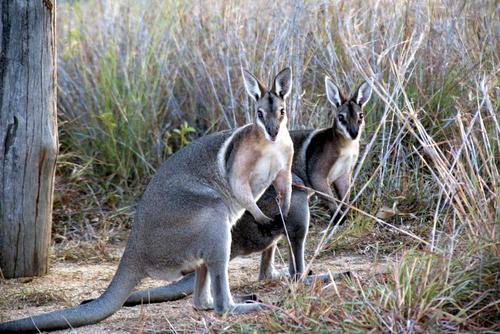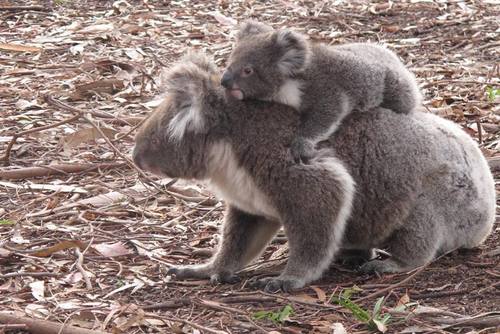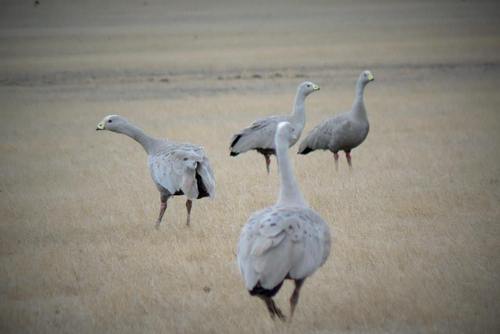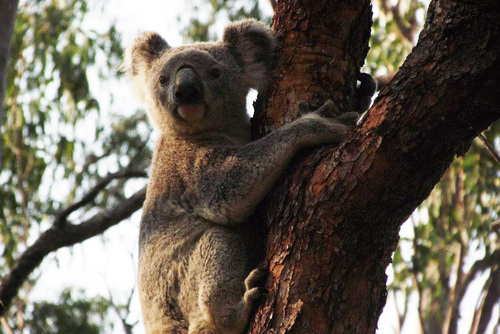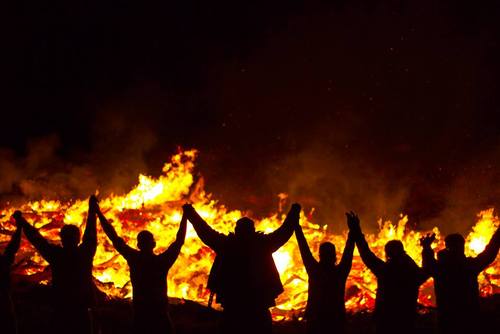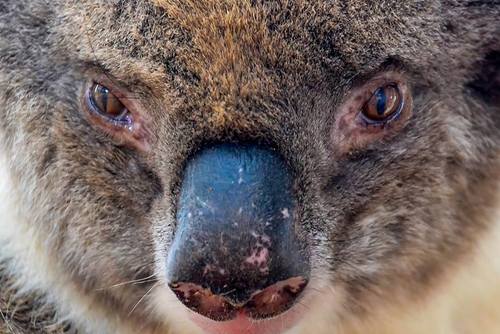Travel to isolated and incredibly bio-diverse Kangaroo Island, South Australia, and contribute to the conservation of koalas and other native Australian species. Spending some time on this reserve will allow you to become fully immersed within this unique island ecosystem. You will become familiar with the sights and sounds of the many native species that you will encounter daily.
The conservation reserve is bordered on one side by 100,000 acres of protected primary forest and wilderness lands and by the Great Southern Ocean on the other. You won't be bothered with air, light or noise pollution, but only the sounds of the bush and the shine of the milky way. You will be working on pristine beaches, spectacular coastline, old growth maritime bushland and forest, as well as with native species such as koalas, dingoes, goannas, kangaroos, wallabies and wombats. The island is unquestionably one of Australia's most awe inspiring locations.
WHAT DOES THE PROJECT DO?
Once a 10,000 acre grazing property, this protected reserve is now recognised as one of the most biodiverse and pristine ecosystems remaining in Australia and is home to countless Australian native flora and fauna. Australian wildlife is predominantly nocturnal so it is most active between dusk and dawn. During your time volunteering you will encounter species such as koalas, kangaroos, tammar wallabies, possums and echidnas. It has possibly the worlds largest populations populations of the Rosenburg goanna, short-beaked echidna and bush stone curlew.
The introduction of the domestic cat to Kangaroo Island has resulted in some of our smaller species of native Australian mammals being threatened. It is estimated that feral cats consume 1500kg of native animal flesh a day. A fully fenced feral-free area of 250 acres has been set aside to protect these native animals from extinction. The fenced area has a variety of good vegetation and open grasslands where native animals can thrive in their natural habitat and environment without the pressures of introduced feral species.
The property is maintained and conservation efforts funded through eco-tourism, with koala spotting walks and nocturnal wildlife tours on offer. The Koala Walk is open every day to tourists for koala viewing and is recognised as one of the best places on Kangaroo Island to observe a sustainable population of Koalas in the wild. The sanctuary is also a bird watchers paradise, with resident blue wrens, scarlet robins, lorikeets, crimson rosellas, black cockatoos, scrub wrens, bush stone-curlews, crescent honey-eaters, banded plovers, and endangered cape barren geese.
WHAT WILL I BE DOING?
Your duties will vary according to the needs of the project at the time and also the season. You will be monitoring koala numbers and other species in the area and surveying, photographing and recording wildlife. As part of re-vegetation efforts, you will participate in tree planting and seed collection, propagation and dispersal as well as the identification and cataloguing of native plants. You could be maintaining paths and checking fences to ensure feral species are kept out. Beekeeping is also an option as the sanctuary produces and sells quality natural and organic honey.
As the eco-tourism aspect of the sanctuary is so important to the sustainability of conservation efforts, you will assist with tours and participate in day and nocturnal guided tours. You will walk ahead of the main tour group and spot animals. You will then communicate with tour leaders the location of the wildlife so that participants are able to see the animals. You will be up close and surrounded by countless animals! However, you should keep in mind that you will not hold or work directly with the animals, in keeping with good conservation practices.

